David Huang’s approach to forming vessels can be compared to conducting a symphony that has yet to be written. His hands are the baton guiding hammers, stakes, fire, and water to create a work of art in metal. By listening to the conversation among the various instruments, David believes the developing piece gives rise to the vessel’s “numinous” spirit, a mystical power that resides within places or things. He often lines the vessels with gold, inviting in both the viewer and light, releasing the object from emptiness, and symbolically representing the vessel’s soul.
“I see my role in this to be providing a conscious order, orchestrating the mix of voices, hoping to present a work we as humans can appreciate,” he has stated. “It is my desire to bring about works that don’t just symbolize, but actually evoke feelings of beauty and joy.”
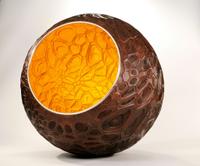
"Radiant Efflorescence"--copper, sterling, 23K gold leaf, 800-1000 hours to complete, more than a million hammer blows. 26" x 22" x 22", D. Huang
David will teach “Raising and Chasing Vessel Forms” in a five-day workshop at Metalwerx, June 20-24. Students will learn the basic steps of using hammers, stakes, and microcrystalline wax to construct vessels and other sculptural forms. Additionally, students will make their own tools.
David’s chasing talent allowed him to incorporate bas relief to his objects. He says he doesn’t have any magic tricks that simplify his raising techniques, but will share all the “little things” he’s learned over the years. Students can expect to leave the workshop with one or two vessels formed to a significant degree, although they may not be fully complete. Students need no prior raising or chasing experience to participate.
David begins by laying out a few lines around the form in marker, allowing the design to emerge from the conversation between his skill, the tools, the vessel’s initial shape, and properties of the base metal, usually copper. The form takes shape by “angle raising:” hammering in a tight spiral from the disc’s center outward to compress the metal sheet into a conical form.
He then isolates one area and develops deeper hollows. Parts of the form are filled with wax to support the metal when it’s ready to be refined with chasing tools. Stakes and chasing tools made by the NC Black company, commissioned by David, are available for use, and can be purchased afterward.
David considers the greatest challenge for students is learning to properly hold the metal and tools for raising and chasing. Making chasing tools is part of the workshop, he said, because it’s a fundamental skill. ”I feel that if someone wants to get serious about chasing, they do need to know how to make their own tools,” he said.
A visit to David’s website includes documentation of his 200 square foot metalsmithing studio, built in the style of Michael Reynolds’ “Earthship Biotecture.” It’s a self-sustaining structure composed with recycled materials, including three-foot thick walls of discarded tires buried into a berm. Situated in Sand Lake, Michigan, David designed it to be completely off-grid. Power is supplied by solar panels and a battery bank. The room gets additional heat from the waste heat of his torches, and can double as a storm shelter if ever needed.
It took him three years to complete. He is still playing with the landscaping. “I actually had to make the hill as well. Having all that dirt trucked in ended up being the most expensive part. Overall I’m quite happy with it,” he said.
David has written numerous articles on the business of being an artist. We asked what advice he would give the Metalwerx community about running an art business.
“So much is changing in the world, and much has changed since I wrote those articles. I think we are going to see the traditional gallery route I’ve taken as an artist to be ever more challenging, if it doesn’t fail completely,” he said. “If students aren’t aware of what’s really happening in the world broadly in terms of finance, money, energy supplies, especially peak oil, and physical resources –many significant metals and resources peaking or about to peak in production– then they really should do the research,” he added. “Understanding these topics, and how they interrelate, will help one to see what is likely to fail, and where the opportunities are likely to be.”
“I think the future can hold tremendous opportunities for us as artists/craftsmen, but it will likely be quite challenging to stay on top of the changes we’ll need to make. Many of my articles are about how I worked to keep my cost of living down, while maintaining a high quality of life. I feel like this approach is still very valid, if not even more necessary,” he said. “I’m still working to keep my required living expenses as low as possible, even though I make a reasonable income these days. This has given me the ability to ride out slow times in my art career with ease, and have the capital to risk trying new direction.”
There is still space available for th workshop. To register, please visit the Metalwerx website, or call Metalwerx at 781-891-3854.
—by Yleana Martinez
Latest posts by Metalwerx (see all)
- You helped make this year amazing! - November 29, 2021
- Announcing our Commitment to Continue In-Person AND Virtual Classes! - September 22, 2021
- Big Plans for Shopping Small for the Holidays - November 24, 2020

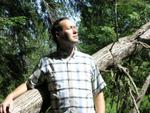
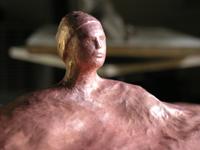

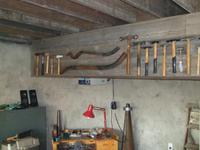
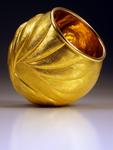

{ 1 comment… read it below or add one }
Should David’s approach to forming vessels be thought of as anything akin to traditional raising/chasing/repousse ? He has his own language for the tools, methods and theories used in his art. For first time students-watch your assumptions!